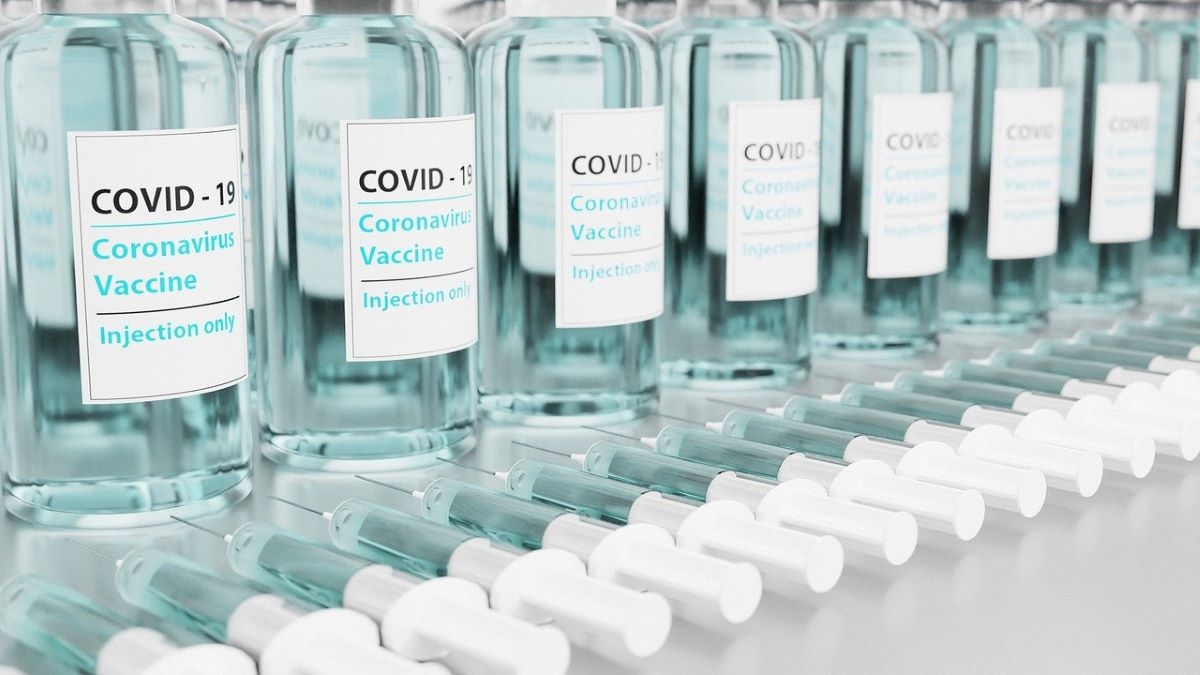
5 crucial factors for distributing the COVID-19 vaccine
When the COVID-19 vaccine is finally released for public consumption, a massive effort will be needed to ensure it is distributed to all within the United States who want it. This may sound like the recipe for another disaster, but with the logistical challenges under control, it shouldn't be too hard to safely and reliably get vaccines from manufacturers to hospitals and clinics. In this article, we will take a closer look at five crucial factors that need to be in place for safely distributing the COVID-19 vaccine.
About The Vaccine
Before we get to the distribution factors, we should take a quick look at what is happening with the vaccine and plans for delivering it to US residents. As of this writing, no vaccines have been approved for use. However, several vaccines are in development and some clinical trials have been conducted and others continue to be underway. There is a very good possibility that more than one vaccine will be released before the end of the year. This is why it is vital to have a solid, well-organized distribution plan in place. A federal government program called Operation Warp Speed has been assigned the task of planning how the vaccines will be distributed and who will get them first.
The Scale Needed Is Unprecedented
The vaccines being developed are intended for global distribution. This translates to a volume of billions of doses so that each person at risk anywhere in the world can be vaccinated. This is why several different vaccines are being developed in many different locations around the globe. The first roll-out of vaccines will be of a limited supply. However, the amount of vaccine is expected to increase with a continued rise of inventory as the weeks and months pass. One significant hurdle in determining how much vaccine solution is needed is to identify the actual number of residents in developing countries. Estimates of those who do not have a formal identity and do not live at a fixed address are around one billion. The difficulty will be to reach that population. This will also become a challenge when tracking who has received a vaccine.
Determining Who is Vaccinated First
One of the major goals of Operation Warp Speed is to create a fair and accountable distribution plan. Based on current statistics from the past several months with the pandemic in place, it appears that specific demographics are more susceptible to contracting COVID-19 and either dying or surviving with several complications. People who fit these demographics will likely be bumped to the front of the line when the vaccine is distributed. Front line workers would also be given priority to receive the vaccine so they can continue to treat those who have become ill with the disease while treating other patients with other illnesses. Children will probably have to wait to receive the vaccine since that part of the population does not appear to have a high risk of contracting the coronavirus.
Paying for the Vaccine
In the United States, vaccines paid for with taxpayers' money will be available to American citizens at no charge. However, some clinics will charge a nominal fee for administration of the vaccine. Citizens without medical insurance should still be covered through one of many fee relief programs that will be in place. Cost may become a block to distribution of the COVID vaccine in low-income countries. Although everyone on the planet should have easy access to the vaccine, it may not be feasible in some parts of the world. It might be that some developing countries are given free vaccines financed by other countries. Other alternative relief programs will have to be left to the respective governments to work out some form of payment program so vaccine administration is not delayed.
Building Stable Supply Chains
Part of the distribution equation rests with how the supply is provided. With several different manufacturers developing vaccines at this very moment, there has to be a regular flow of inventory once a proper production schedule is in place. In addition, vaccines produced in other parts of the world must be included in the master distribution plan so they can be sent wherever they are needed. Without a stable supply chain, the distribution process will fail. With the big picture extending beyond US borders, supply chains will need to feed into a major distribution center or series of distribution centers to meet the global demand. As stated before, it will take a massive effort to get the logistics just right for quick, efficient and effective vaccine distribution.
Temperature Monitoring Will Be Critical
Vaccines are usually considered sensitive assets. The COVID-19 vaccine is no different. Since most vaccines must be kept in temperatures that range from two to eight degrees Celsius, storage facilities must be able to maintain these temperatures. Some parts of the world have unreliable hydro-electric power sources, so reliably keeping large quantities of the temperature-sensitive product under safe storage conditions could prove to be a challenge. In the United States, monitoring tools are available to assist with tracking and maintaining proper temperatures for items such as vaccines. Dickson notes that following the correct monitoring protocols are part of GxP (good practices) in any industry that regularly produces and distributes sensitive products. So the vaccine supply in the United States is more likely to remain safe throughout the distribution process.
In Conclusion
Although the spread of COVID-19 is a global pandemic, technology will be a useful partner in dealing with issues related to distributing the vaccine when one becomes available. Many of the challenges that arise can be resolved through proper and effective planning. The massive undertaking of designing a well-developed and efficient plan to deliver vaccines to all corners of the world must take into account the crucial factors mentioned here, as well as many others. Plans are being considered now, before the vaccine is available, so that transport can begin sooner and with fewer problems.










